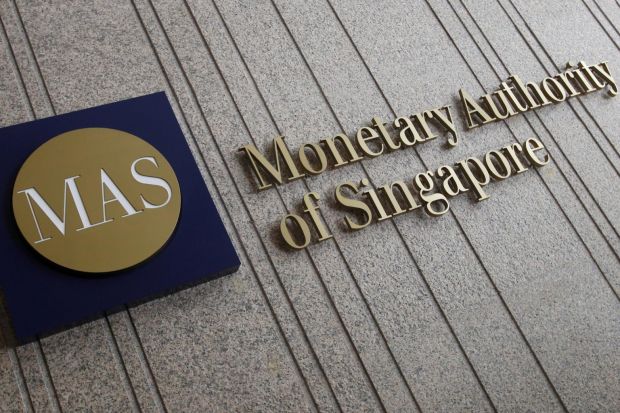Asean-5 countries likely to ease rates more in 2019: Maybank Kim Eng
The Asean-5 economies, namely Indonesia, Malaysia, Philippines, Singapore and Thailand, have all cut rates except Singapore with economists at Maybank Kim Eng forecasting that most of them will have to ease more in 2019.
This comes on the back of news that the US Treasury 2-year to 10-year yield curve inverted this month for the first time since 2007, and it is joined by the UK, Canada and Switzerland.
For Asia, economists said that the curve of low-yielding countries has tightened to a single-digit spread. The credit spreads for Asian USD-denominated corporate bonds remain stable overall, but some differentiation is playing out: investment grade spreads are still benign but high-yield bonds are widening. Additionally, covenants of Asian high-yields have been loosening since 2011, implying weaker protection against defaults or restructuring.
Economists also pointed out that unlike previous cycles where the Fed tightened more after curve inversion, it has started easing.
They drew similarities with this and the period between 1998 and 2000 in several ways. Firstly, the Fed conducts mid-cycle easing in both scenarios. Secondly, the US economy is on a stronger footing than many countries.
Thirdly, the mid-cycle adjustment has been driven by a major event. Previously it was the Asian financial crisis, this time it is the US-China trade war. In the 1998 to 2000 period, the Fed had to resume tightening on a persistently strong US economy. It is unclear whether such a rate path will be repeated, but for this to happen, the economists think a meaningful US-China trade deal is a prerequisite.
All these happenings emphasise that the US-China trade war is primarily to blame for precipitating the need to cut rates, as the economists from Maybank Kim Eng believe.
In Singapore, whose economy is weighed heavily by trade frictions, the Monetary Authority of Singapore (MAS) is widely expected to ease monetary policy in October by lowering its Singdollar nominal effective exchange rate slope. Economists think it will be lowered from “modest and gradual appreciation” to neutral, or “zero appreciation”.
For Malaysia, the Bank Negara Malaysia cut its rate by 25 basis points (bps) in May which was seen as a preemptive move. But economic research by Maybank Kim Eng is not ruling out a second overnight policy rate cut in November despite a rebound in 2Q19 GDP growth to 4.9 per cent given the downside risks from prolonged trade tensions.
Bank Indonesia (BI) also followed BNM by cutting its rate by 25bps in July. Further, more rate cuts are possible as BI has signaled the willingness to ease monetary conditions to support growth, although it is dependent on the external financial market conditions that still supports a strong and stable Rupiah as interest rate is one of the tools that the BI uses to defend its currency.
In the Philippines, economists expect the Bangko Sentral ng Pilipinas to reduce its rate by another 25bps in 4Q19.
Finally, for Thailand, economists expect the Bank of Thailand to keep its rate unchanged for the rest of 2019, following its surprise move this month to cut its rate by 25bps.


 Thailand
Thailand




